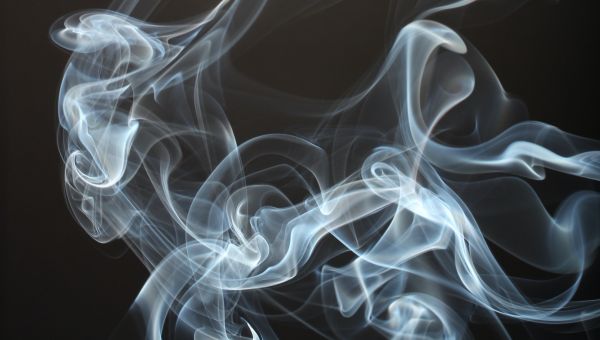Your home is your castle, and although modern day homes don’t have a drawbridge to pull up to keep you safe, there are plenty of ways to keep you and your family secure in your home.
Whether a new home or a rental, I think one of the first things to do is change the locks. Who knows how many people have had a set of keys for your front door – if it is a new build, it could be anybody from an electrician to numerous agents – if it is a rental, multiple tenants before you might have keys, but just remember to give one to the landlord, after all, it is his property.
Adding a deadbolt will give you added security too - and can be a single cylinder or double cylinder. Single-cylinder deadbolts have a lock on the outside of the door with a keyhole for operation, and a flip turn on the inside for locking and unlocking. The double cylinder one needs a key on both sides. The addition of a strong security chain can give you an additional layer of security when opening the door, and quite commonly, a Smart Lock can be installed, where a key code will open the door, so no key is required at all.
Window locks might be something to think about too, particularly for ground level windows. Most are easy to install if your windows haven’t already got lockable handles, and your local hardware store probably has several types to choose from, and even an old sash window can have a lock fitted so it can be left open a couple of inches – enough to let in some air but not enough for someone to squeeze through.
And for real security, a CCTV system can be installed, so you can have eyes outside through cameras linked to your computer or phone.
Smoke and carbon monoxide detectors are simple devices to help keep everyone safe, they can be battery or wired in, and both types should be tested now and again to make sure they are still working. Carbon monoxide can be a silent threat to your health as this is produced whenever a material burns, so common sources include fireplaces - both gas and wood burning - gas stoves and ovens, and gas water heaters. The symptoms of carbon monoxide poisoning are deadly and could be mistaken for other problems before you realise what it is - headache, dizziness, weakness, upset stomach, vomiting, chest pain, and confusion. Symptoms are often described as ‘flu-like’, and if you breathe in a lot of it, you may pass out or it could kill you, so some sort of detector is essential.
Keep at least one fire extinguisher (called an ‘extintor’ here in Portugal) in your home, and here’s the confusing bit, as there are different classes of fire extinguishers for different fires. The bottles are all red but are clearly marked by diagrams of which sort of fire they are for, but for the home, the one marked ‘class A’, is for wood, paper and solid combustibles. It is water based, and is probably the best one to keep handy for home use, and it is recommended to have at least one extinguisher on each floor of your home. Others are versatile extinguishers for multiple fire sources and might be marked for Classes A, B and C, and for electrical fires, the symbol is just a ‘lightning bolt’, so very easy to distinguish from the others.
You might also want to consider a fire blanket, which is made of fire-resistant materials and can be hung up in your kitchen. They are particularly useful for smothering fat pan fires or wrapping around a person whose clothing is on fire.
Lastly, leaving lights on when you are out at night is a deterrent - but be clever and leave them on when you are in some nights, so it isn’t just a beacon for a would-be intruder, announcing you are out!
Marilyn writes regularly for The Portugal News, and has lived in the Algarve for some years. A dog-lover, she has lived in Ireland, UK, Bermuda and the Isle of Man.















